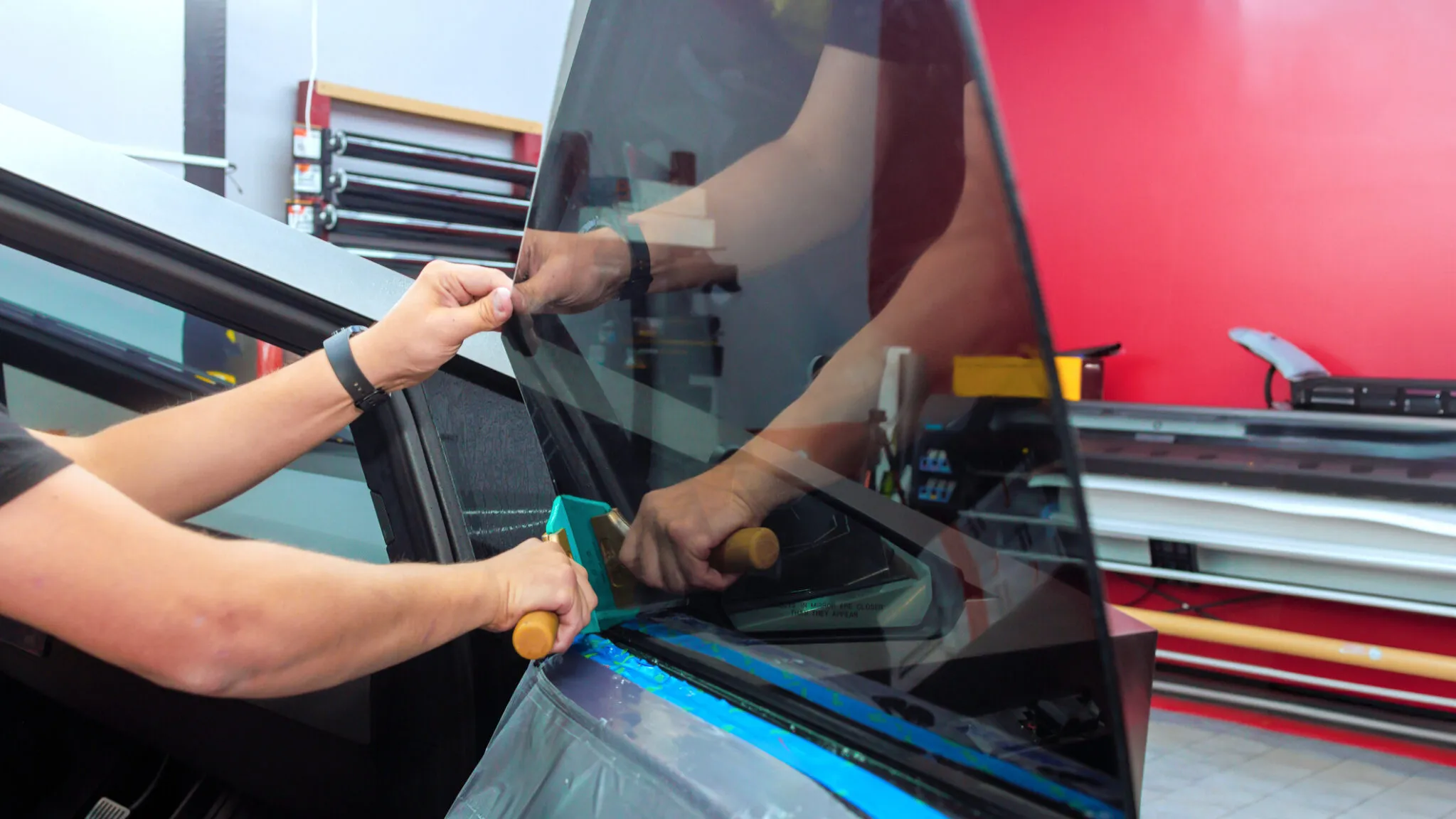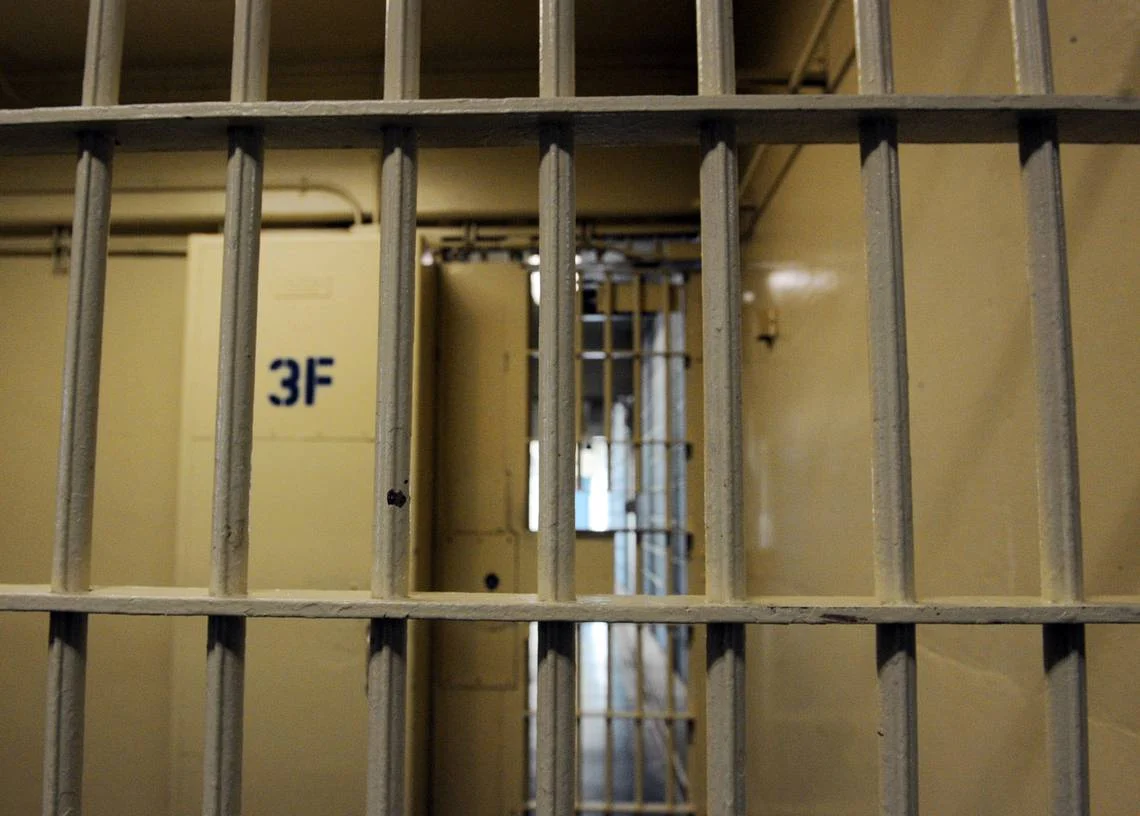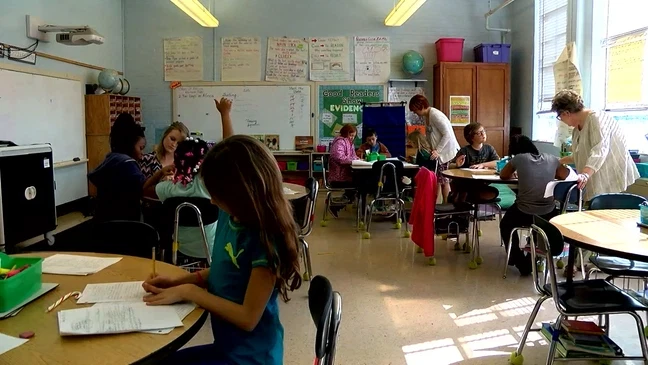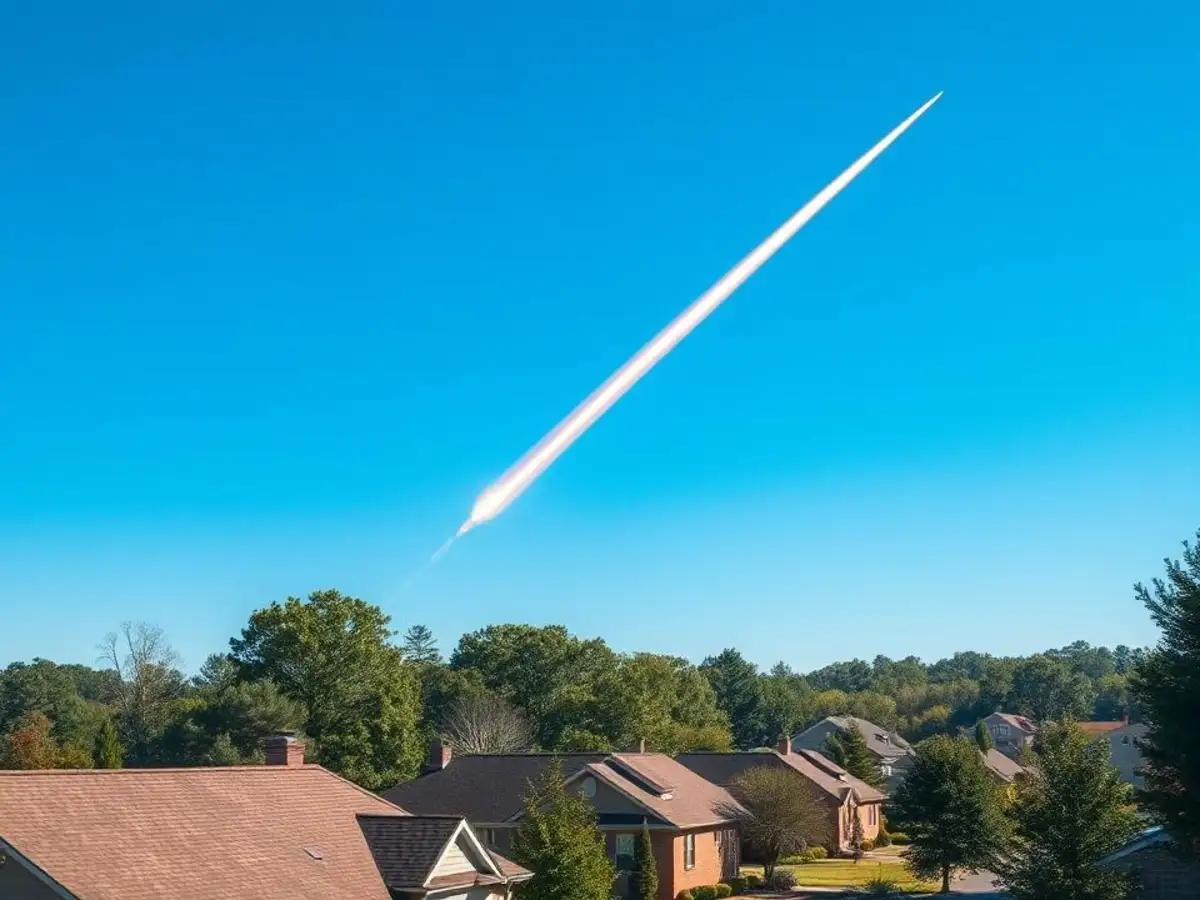Raleigh, North Carolina.This year, a new state legislation that modifies the permissible amount of window tint on automobiles will go into effect throughout North Carolina, altering how many drivers measure and comply with window tinting regulations.
The move, which was signed into law earlier this year, changes the criteria that car inspectors use to assess whether window tinting on cars complies with regulations. In the past, inspectors had to measure the quantity of light that could pass through a car’s tinted window rather than the whole glass section. Now, that standard has changed.
New Tinting Standard: Total Glass Area Will Be Measured
Inspectors will now evaluate tint darkness based on the complete window surface, including portions not covered with tint film, in accordance with the new rule, which amends North Carolina General Statute 20-127.
Due to this modification, many cars with deeper tints—particularly those with factory-installed, shaded glass—may not pass inspection if the overall light transmission falls below the newly determined threshold.
Although window tinting is still permitted in North Carolina, the Visible Light Transmission (VLT) criterion, which measures the amount of light that goes through windows across their whole surface rather than just the tint, requires that the tinting match specific percentages. Film may now need to be removed or replaced from vehicles that exceed the permissible limit in order to pass inspection.
Why the Change? Public Safety and Standardization
Law enforcement organizations and safety regulators are becoming increasingly concerned about driver visibility and officer safety during traffic stops, which is why the alteration was made.
Highway Patrol officials and other bill supporters contended that current approaches did not take into consideration naturally darkened factory glass, which frequently lowers VLT above permissible limits when paired with aftermarket tint.
Additionally, by bringing North Carolina’s inspection criteria into line with those of other states, the modification contributes to a more standardized approach to tint enforcement for all car types and models.
Exemptions Remain for Certain Medical and Official Vehicles
The law will continue to permit vehicles with darker tints to be used for government transportation, police enforcement, and vehicles with verified medical tint exemptions. However, these vehicles mustmaintain documentationshowing they qualify for an exemption.
Medical exemptions require state approval and proper proof from a registered medical professional. Updated rules on how these exemptions are assessed under the new statute have been released by the DMV.
Vehicle Owners Encouraged to Check Tint Levels Before Inspection
To find out if their present window tints adhere to the latest regulations, drivers are encouraged to contact a licensed inspection station or tint professional.
Infractions may result in a citation from the police, failure to pass a vehicle inspection, or the need to remove non-compliant tint. If tint infractions are found during pre-sale inspections, the revised requirements may also affect used car sellers.
To help citizens better understand the law, which is currently in force, the North Carolina Department of Transportation has created an online frequently asked questions area.
To prevent unexpected inspection failures, car owners who are unsure about their tint compliance should take immediate action. Visit SaludaStandard-Sentinel.com to find out more about North Carolina’s changing auto regulations and to remain up to date on any updates.









